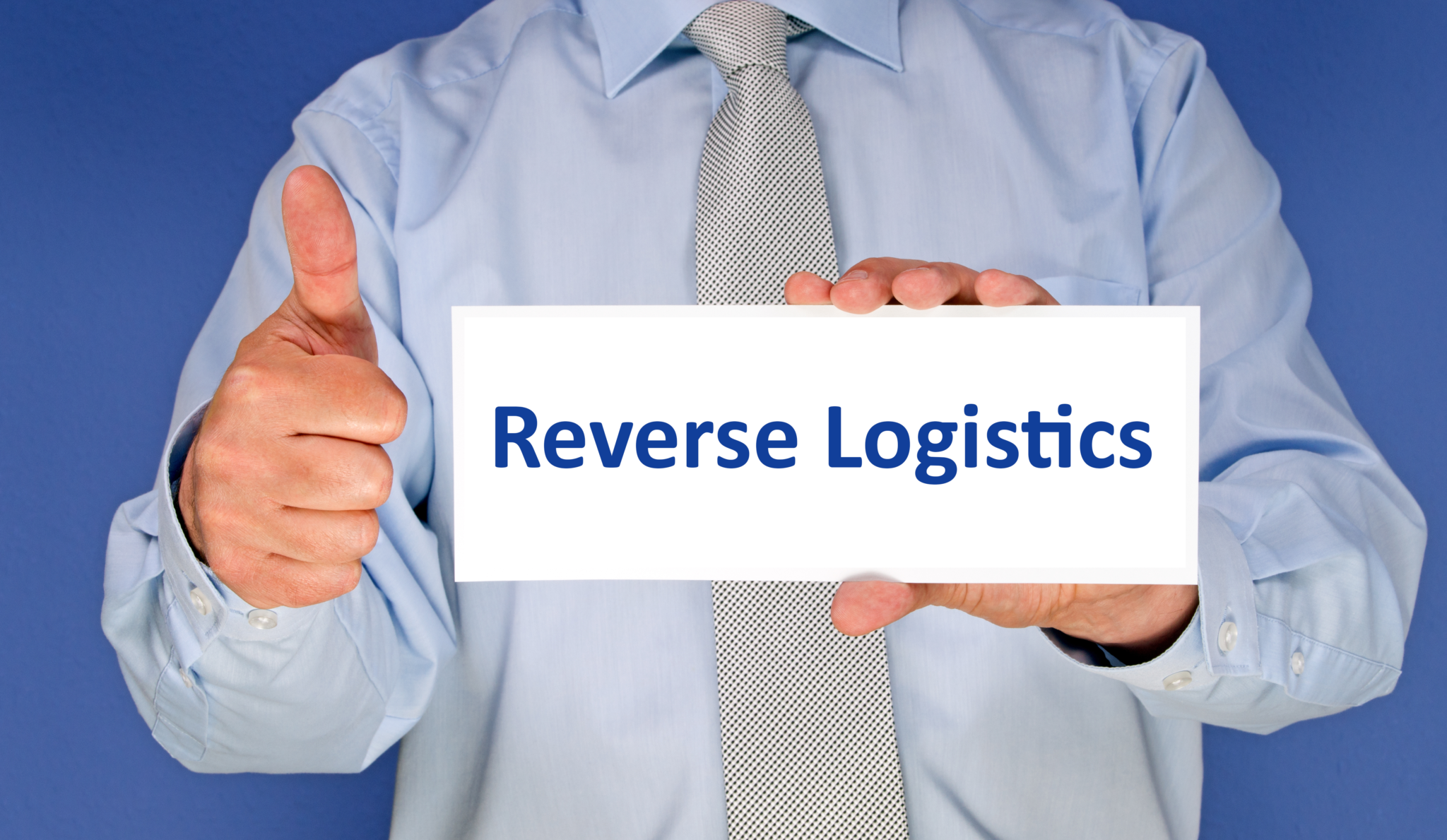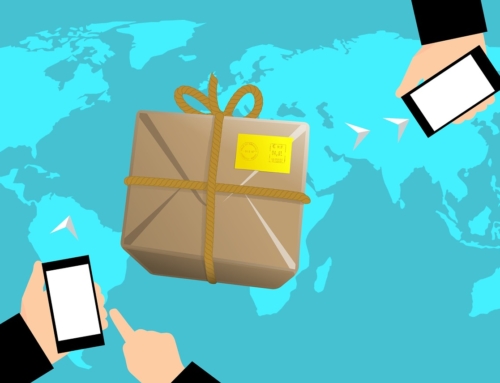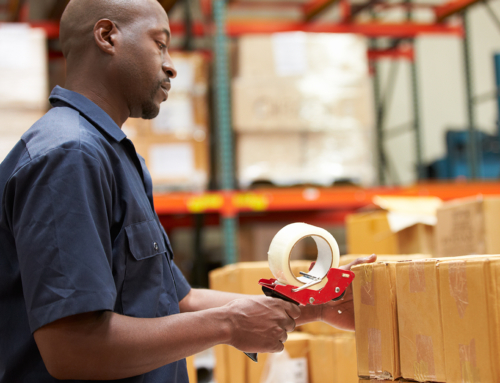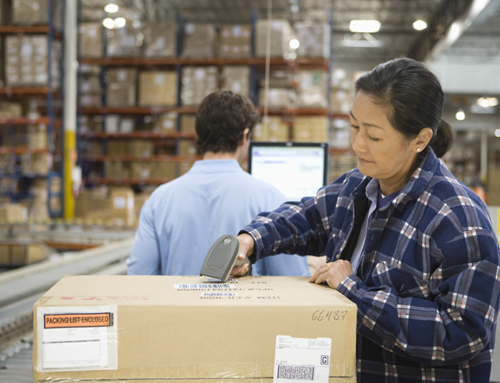Reverse logistics is more than just taking a product back from a dissatisfied customer.
In fact, what returns management can do for your company is monumental, from the moment an item leaves the warehouse, headed to its purchaser, until it comes back and is ultimately re-entered into the system somewhere. From each important part of the transaction, something valuable can be gleaned and the process streamlined so that future customers are happier than ever before.
Sound Reverse Logistics Strategies Speed Up Returns
Making returns more efficient is the ultimate goal of the best returns management teams.
It’s not just a matter of taking a box and tossing whatever’s inside into the inventory, instead a reverse logistics process involves matching the item to the order, deciding if the item is suitable for resale, issuing customer credits (or explaining to the customer why they can’t issue a credit) and disposing of items that can’t be sold.
Having a sound reverse logistics process in place simplifies the whole process. Sending pre-paid labels or empowering customers with label generation capabilities, for example, creates a uniform labeling format that can make it easier to find the customer order and rapidly issue credits. Having a plan for each type of item that might be returned is also important, so when the item comes out of the return packaging it can be sorted into the proper bin.
For example, merchandise that is still in perfect shape might be put in a bin that goes straight to the sales floor, where an item that is severely damaged would go to a bin that goes to a recycler.
Either way, having a plan of action means that there aren’t a lot of stop-and-go situations where employees have to ask what to do with an item. Instead, parameters and guidelines are already decided upon and distributed to workers to keep performance more or less uniform. This set-up makes it faster to return an item to inventory so that customer can buy again.
Returns Can Even Provide Customer Behavioral Data
Another interesting thing happens with reverse logistics, though. Those online retailers who are invested in Big Data can actually tweak their sales funnels and retargeting messages in order to help lower future returns. For example, data may suggest that a particular item isn’t described as well as the merchant thought, resulting in more returns. That could prompt the retailer to provide more photographs, allow customer reviews or hire more skillful writers to describe the item.
A sound reverse logistics strategy is a great way to keep your customers super happy, and it’s also a good way to increase your bottom line, making you pretty happy, too. The better your organization and the more information you can take from each return, the more valuable a sound strategy becomes.







Leave A Comment